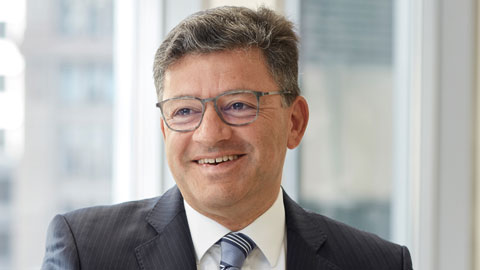Decades ago, Brambles devised a system of renting rather than selling its pallets and containers. It’s a continually refined system that today moves goods for the likes of Unilever, Walmart and P&G. Once a customer is done with the containers, Brambles collects its assets, repairs them and puts them back into circulation. It calls its pallets and other containers a reusable “pool.” Essentially, the Brambles model is what people mean when they talk about the circular economy.
Through the management of the world’s pallets and other containers, Brambles evolved into a central nervous system of sorts to the global logistics industry. In that role it has seen, developed and implemented supply chain efficiencies for itself and its customers—efficiencies that by definition promote sustainability.
Now Brambles is drawing on its unique visibility of more than 66,000 supply chains, along with advanced data analytics, to help some of world’s largest companies become smarter, more circular and more sustainable. It’s an initiative called Zero Waste World.
Brambles CEO Graham Chipchase sat down with Brunswick’s Phil Drew and Jordan Bickerton to talk about Brambles as a circular-economy model.
Who are your customers and what challenges do they face?
Our customers range from some of the world’s largest consumer goods brands to small-scale manufacturers and retailers. They all aim to move their products through the supply chain as safely, efficiently and quickly as possible. And they have to ensure that the right high-quality products arrive in the right location at the right time, while also reducing additional costs like secondary packaging or warehousing.
We also know our customers are very focused on sustainability. Many of them have set bold and challenging public goals to reduce waste in all its forms, from packaging to empty transport miles to inefficient processes.
How did Brambles come to model sustainability?
Over the past few years, the idea of a circular economy has quite rightly gone mainstream. It aims to design out waste rather than seeing it as an inevitable by-product like it is in today’s linear “take-make-dispose” model.
At Brambles, we were one of the pioneers of that approach. We entered the pooling business in Australia in 1958, when we acquired the Commonwealth Handling Equipment Pool from the Australian government. Back then the idea of corporate sustainability was fairly unsophisticated, but manufacturers and retailers were certainly keen to improve efficiency and reduce costs.
Today we’ve scaled to become one of the world’s most sustainable logistics businesses, with 330 million shared and reusable pallets, containers and kegs. By providing our products as a service, we’ve helped our customers save 2 million tons of CO2 and 1.3 million tons of waste over the past year alone. We typically reduce waste by 66 percent when you compare us to alternative logistics systems.
At the same time, we’ve helped customers to lower their overall supply chain costs and to enhance their operational efficiency by replacing traditional one-way or single-use pallets and packaging.

